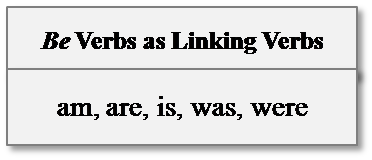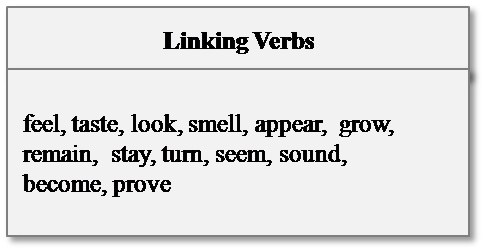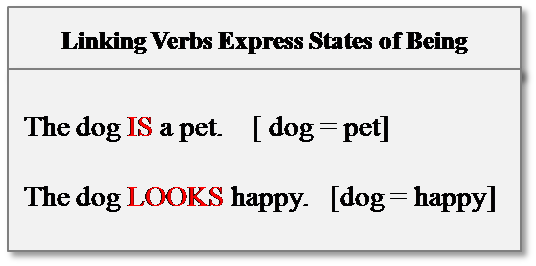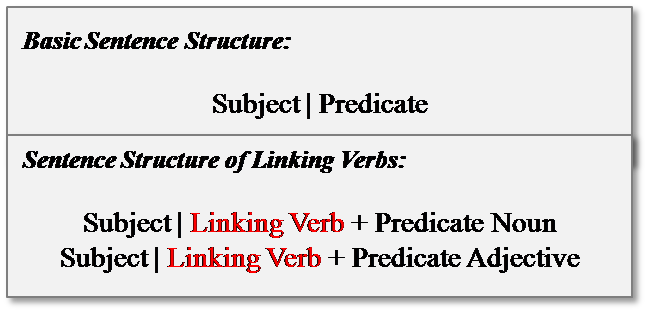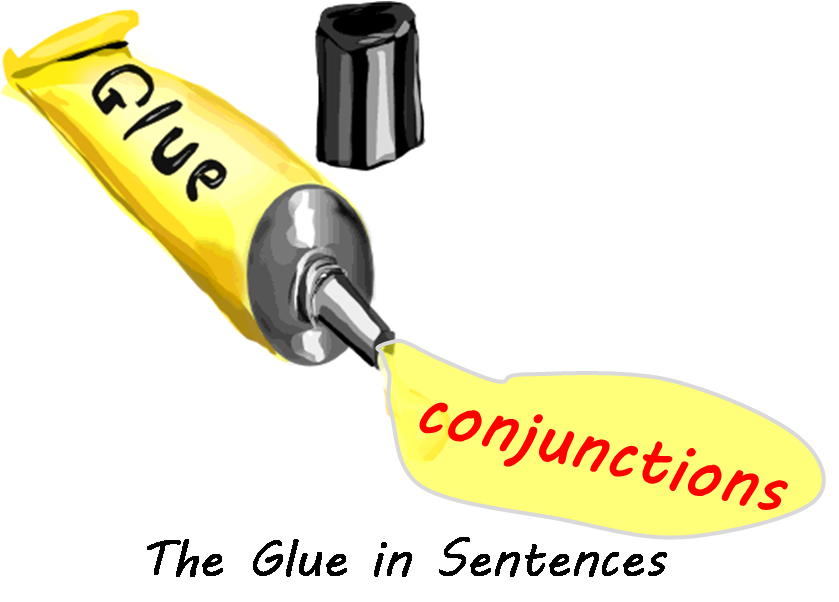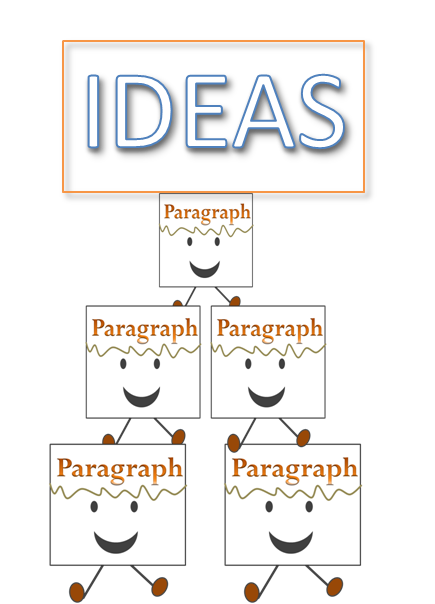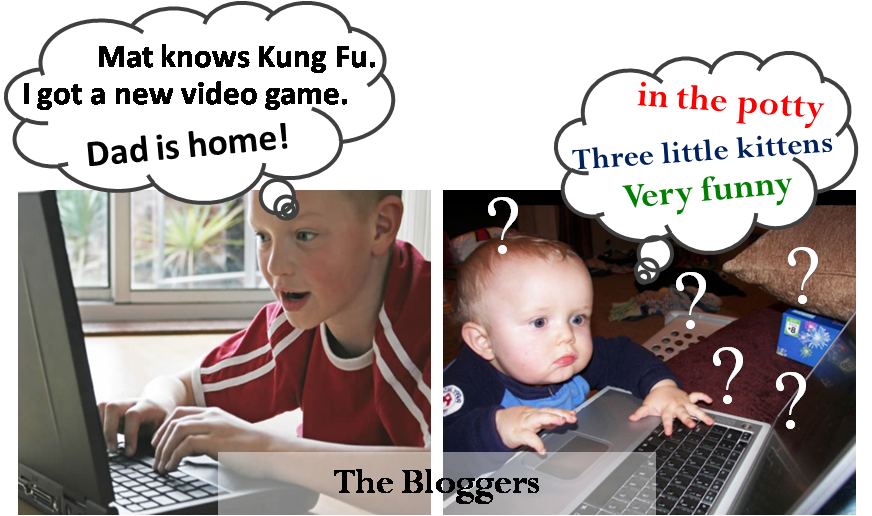What is a Linking Verb?
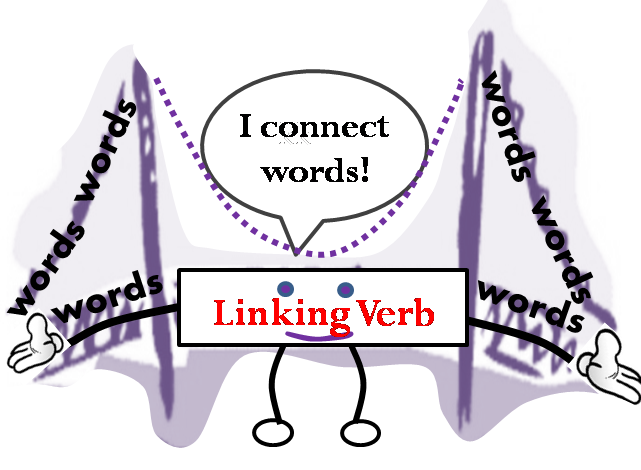
What is a Linking Verb? Connecting Words in Sentences
The strongest link in a sentence may be the word that connects all the other words in a sentence. This is what a linking verb does, connecting the subject to the rest of the sentence. However, unlike our initial understanding of a verb as performing actions, linking verbs are a class of their own.
What is a Linking Verb?
A linking verb is a verb that expresses or describes states of being. A linking verb describes the subject as to its particular condition.
The more common linking verbs are the be verbs.
However, not all be verbs are linking verbs. There are times that they do not describe states of being, but only express existence as illustrated here.
The toy is in the closet.
The instructor will be here tomorrow.
Moreover be verbs are not always used as linking verbs but can be used as helping verbs. This means that be verbs can be paired with other verbs functioning as helping verbs like “is helping”, “was dancing”, “were playing”, etc.
There are also many verbs that can be used as both action and linking verbs.
What is a Linking Verb? You can recognize a linking verb depending on its usage. Linking verbs are not actions but describe states of being.
From the examples above, the verbs “is” and “looks” are linking verbs describing the subject “dog”.
To further illustrate this point, let us compare an action verb to a linking verb.
The first column used action verbs. In the examples, the action is obviously “run”. This is pretty self-explanatory for everybody knows that “to run” entails not only minimal action but a lot of it. In the second column, “run” may initially depict an action but if you analyze “run strong and determined”, it expresses more of a state of being. The subject “dogs” here are being described as strong and determined runners.
Here is another example.
I know that using a verb as a linking verb and not as an action verb may still prove to be tricky. The trick is to replace the verb with be verbs like “is”, “am”, or “are”. Go back to the samples of linking verbs. If you can substitute the verbs with a to be verb and the sentence still makes sense then you just identified your linking verbs.
What is a Linking Verb in a Sentence Structure?
As mentioned earlier, a linking verb connects the subject to the other information provided in the sentence.
When you use linking verb with a predicate noun then you are, in fact, renaming your subject. On the other hand, when you use a linking verb with a predicate adjective, then you are describing your subject.
Learning “What is a linking verb?” is only a part of our lesson in verbs. A linking verb requires more emphasis and detail because its usage can be confusing for many schoolchildren. Unlike action verbs where the action is very clear, linking verbs act more like a bridge between words particularly connecting the subject to the rest of the sentence.
